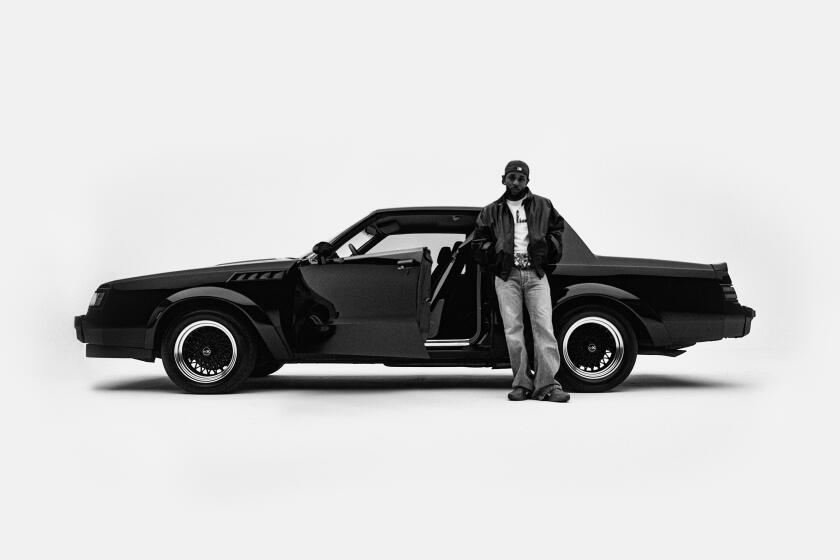Phil Ochs’ Folk Songs of ‘60s Ring Timely Again in ‘90s
- Share via
ALBANY, N.Y. — With America facing the possibility of another war and the unbound optimism of the 1980s becoming threadbare, the late Phil Ochs’ songs carry the same bite today as they did two decades ago.
And they’re getting wider play again, at least in the East.
Verses such as “So young, so strong, so ready for the war, so willing to go and die upon a foreign shore,” from “One More Parade,” could just as easily be a lament about soldiers marching off to the Persian Gulf as Southeast Asia.
And, “If you can’t afford your bill, don’t tell me that you’re ill, ‘cause that’s the free enterprise way,” from the sarcastic “AMA Song,” rings a chord for people hit by the spiraling cost of health care.
Ochs--sounds like “oaks”--wrote those songs in the ‘60s, when his gift for composing tuneful poison-pen letters to the Establishment placed him near the top of the heap of popular folk singers.
“I think everybody in the field at the time felt he had a great influence and was a great writer,” said Dick Cerri, president of the World Folk Music Assn.
“As a songwriter . . . he was second to only (Bob) Dylan in the late ‘60s,” said Ochs’ brother and former manager, Michael Ochs.
But when the peace-and-love spirit of the Woodstock generation withered in the early ‘70s, so too did Ochs’ spirit. Feeling he lost touch with his audience and his abilities, he killed himself in 1976 at the age of 36.
But this is a case where the old cliche is true: the death silenced Ochs, but not his music. Old Ochs songs have been ringing out with regularity the last eight years in clubs from Massachusetts to the Mason-Dixon line.
Keeping the spirit of her younger brother alive, Sonny Ochs has been organizing “Phil Ochs Song Nights,” during which old folkies and younger performers highlight Ochs’ extensive song catalogue.
“I just did not want the songs to die. What would have been the point of his life if no one listened to them anymore?” she said.
Born Dec. 19, 1940, in El Paso, Phil Ochs was mostly raised in the East. Following an in-and-out college career, he headed to where every aspiring folkie headed in the early ‘60s--Greenwich Village.
“I was very arrogant at the time, and I thought I’d be the best songwriter in the world,” he once said. “But then I immediately met Dylan and decided that I’d be the second-best songwriter in the world.”
Ochs built a following on the strength of songs like “I Ain’t Marchin’ Any More” and “When I’m Gone.”
A keen observer and sharp wit in the tradition of Woody Guthrie, Ochs fired lyrical salvos at everyone from the Nixon Administration to fellow liberals. His acid tongue attracted listeners, but also scared off a lot of people.
Even without media attention, Ochs could sell out a theater, including Carnegie Hall three times, and he relied on album sales. He also maintained a high profile in the civil rights and anti-war movements.
But he grew disillusioned when the anti-Establishment fervor faded after the ‘60s. He moved on to more introspective songs, and he became depressed.
“He felt he didn’t fit in anymore,” Michael Ochs said.
On April 9, 1976, he hanged himself in his sister’s bathroom in New York City.
More to Read
The biggest entertainment stories
Get our big stories about Hollywood, film, television, music, arts, culture and more right in your inbox as soon as they publish.
You may occasionally receive promotional content from the Los Angeles Times.










